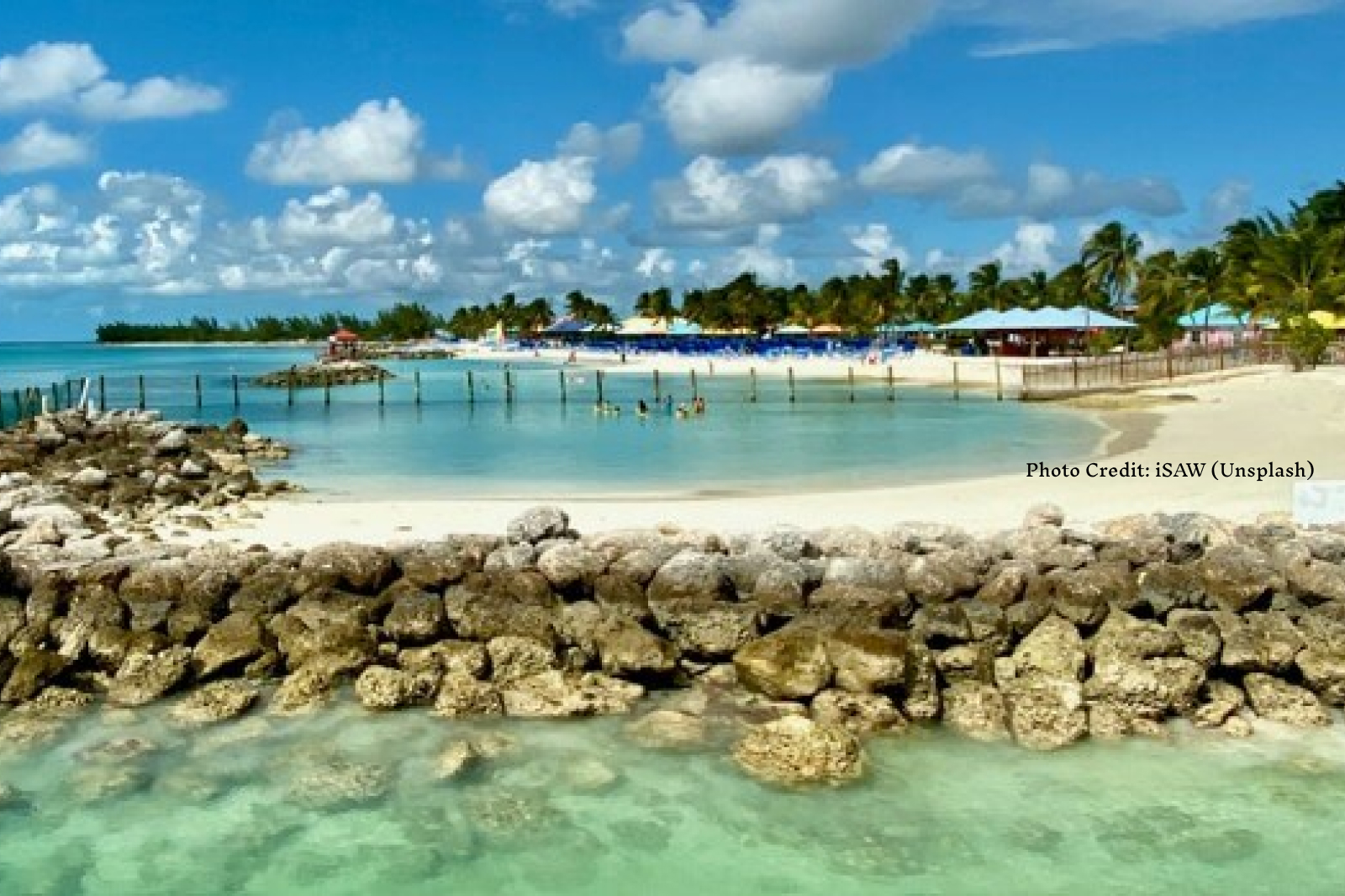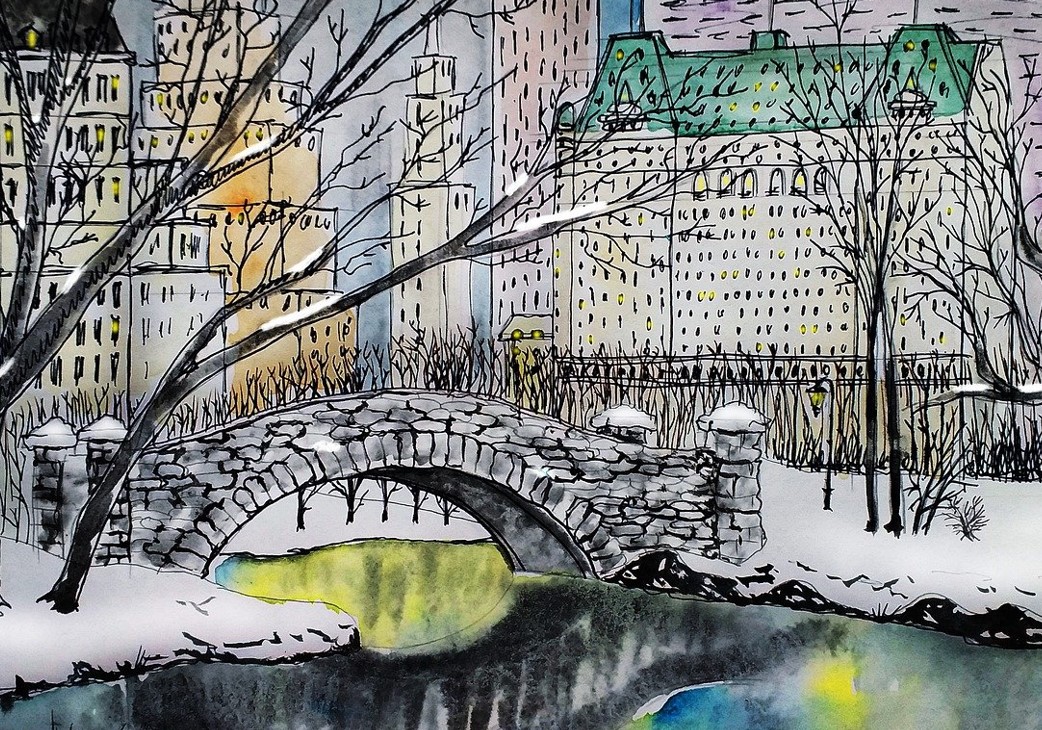
5 Creepy NYC Graves To Visit This Halloween

K. Krombie

Writer K. Krombie is fascinated with life in NYC – and that includes life’s flipside: the long goodbye.
Buying the farm. Shuffling off this mortal coil. Over the course of the pandemic, Krombie spent a strange year exploring the history and industry of death and dying in the Empire City. Covering hundreds of miles on foot, bushwhacking through overgrown cemeteries, lurking around funeral homes and morgues, taking a deserted ferry to NYC’s Potter’s Field Hart Island, Krombie found mysteries, wildlife, and spooky abandoned architectural wonders in every borough.
Her new book Death in New York: History and Culture of Burials, Undertakers and Executions is an absorbing chronicle of the many ways in which the city that never sleeps deals with those who will never awaken again. Krombie documents more than 400 years of NYC history and digs up a coffin-full of legal, religious, and economic facts. From experiments in embalming to capital punishment to the vagaries of the mortuary business, Death in New York is sure to captivate readers as it wanders the cemeteries, tombs, and graveyards of the five boroughs. It’s a book to die for!
As Halloween approaches, five locations – one from each borough – drawn from Krombie’s book constitute a superb tour of the city’s burial grounds. Check them out…if you dare!
Saint Ann’s Episcopal Church, Mott Haven, Bronx
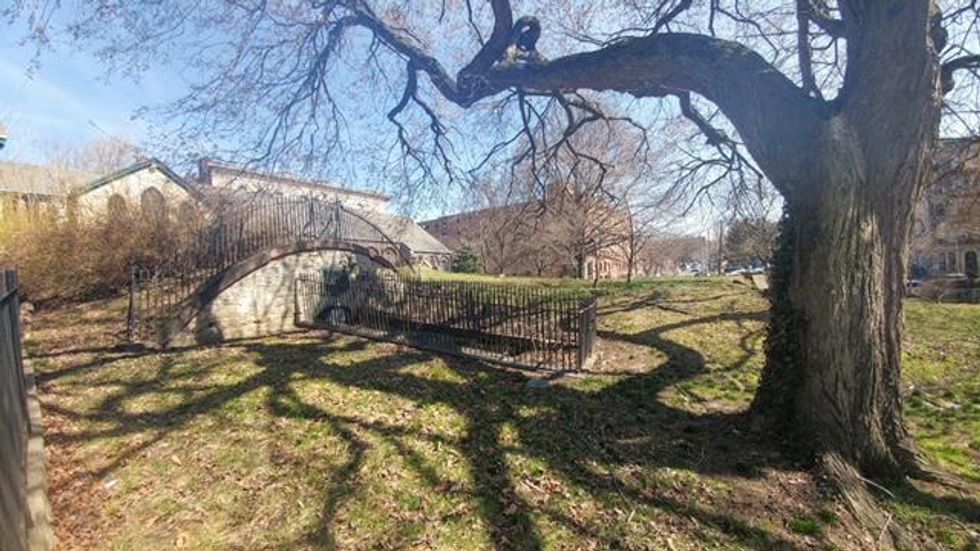
Exploring old American cemeteries in any of the former thirteen colonies, it’s hard not to trip over a Founding Father. New York and Harlem Railroad vice president Gouverneur Morris Jr. had Saint Ann’s Episcopal Church built in 1840 in memory of his mother, Ann Cary Randolph Morris, a descendant of Pocahontas. She was interred in the church ground’s exclusive family crypt, as was Morris’s Founding Father dad, Gouverneur Morris Sr., the “penman of the Constitution.” Morris Sr. may have had an impressive resume, but common sense failed him when his attempt to remove a blockage from his willy with a whalebone resulted in an excruciatingly painful death by nether member.
General Grant National Memorial/Amiable Child Monument, Morningside Heights, Manhattan
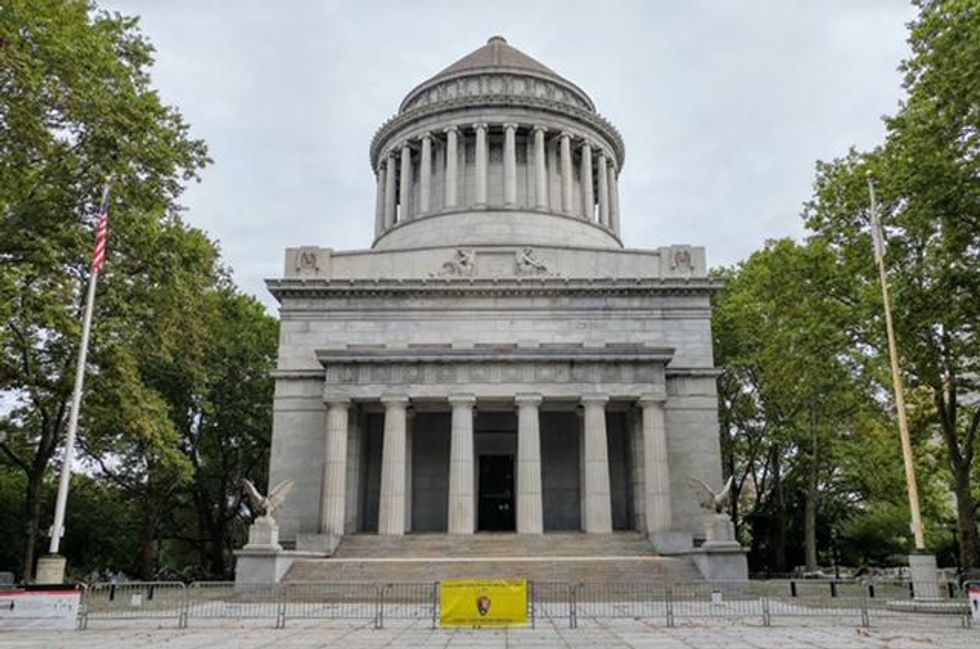
Ulysses S. Grant is the only president currently buried in New York City. (James Monroe was buried at New York City Marble Cemetery until he was dug up and buried in Virginia.) The 150-foot high exterior of Grant’s Tomb, based on the tomb of Mausolus—the root of the word “mausoleum”—casts a shadow over a much smaller grave nearby. The Amiable Child Monument marks the burial place of a five-year-old boy named Saint Claire Pollack, who died in 1797. The graves of Grant and Pollack…and General William Jenkins Worth, after whom Fort Worth in Texas is named and who is buried under a traffic island in the Flatiron District.
New York Farm Colony, Staten Island
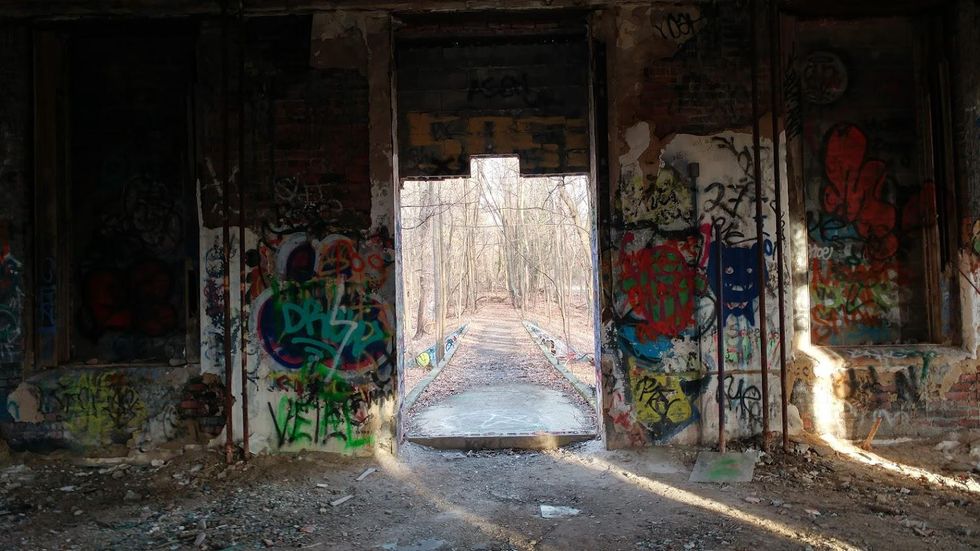
While exploring the city during the height of COVID, under the guise of research, Krombie discovered that Staten Island is by far the most historically interesting borough based on the quality of what has been left behind and what still lingers. One such place is the abandoned two-century old New York Farm Colony, formerly the Richmond County Poor Farm. A popular haunt for urban explorers, graffiti artists with spray cans, and the odd hobo, it’s also an “I dare you” destination for anyone pursuing the ghost of Cropsey. Cropsey is Staten Island’s own boogeyman—an escaped mental patient of lore with a hook for an arm who, after the tragic death of his son, snatched up wayward children. (Staten Island serial killer Andre Rand may be the source for the Cropsey legend.)
In 1915, The Farm Colony merged with Seaview Hospital and, before it closed in the 1970s, functioned as an almshouse for the poor, the elderly and the mentally ill. The ruins of dormitories, a morgue and an insane pavilion sit alongside a separate and far less conspicuous burial ground for amputated limbs.
Riker-Lent-Smith Homestead, East Elmhurst, Queens
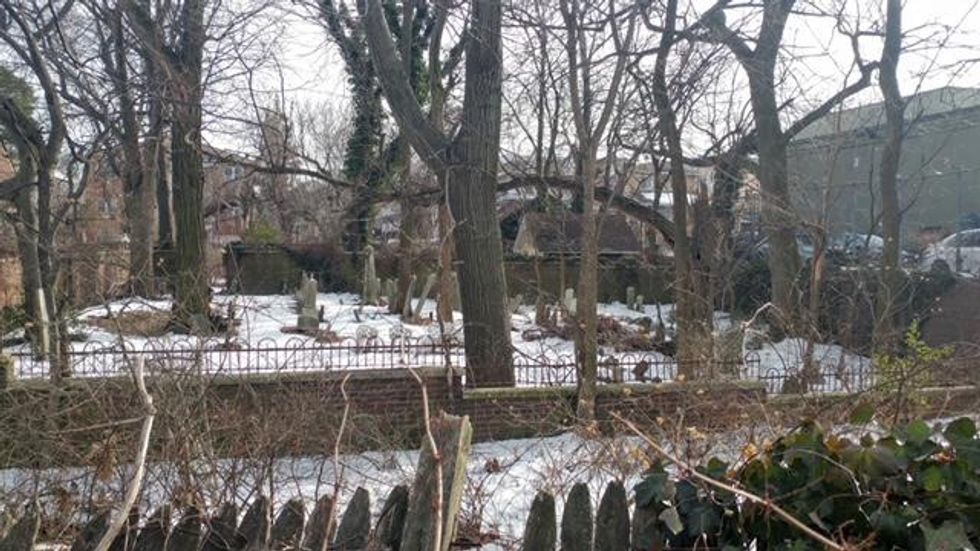
An impressive obelisk at Manhattan’s colonial-era St. Paul’s churchyard is dedicated to the Father of American Chemistry, the Galway-born United Irishman William James MacNeven, who died in 1841. But MacNeven’s remains aren’t there. The obelisk is a cenotaph, and cenotaphs honor those who are either missing or buried elsewhere. MacNeven is buried in a back garden in Queens. He married into the Riker family, after whom the nearby Rikers Island is named. The family cemetery adjoins 17th-century Riker-Lent-Smith Homestead, whose current owner occasionally lets in curious visitors by appointment.
Friends Cemetery, Prospect Park, Brooklyn
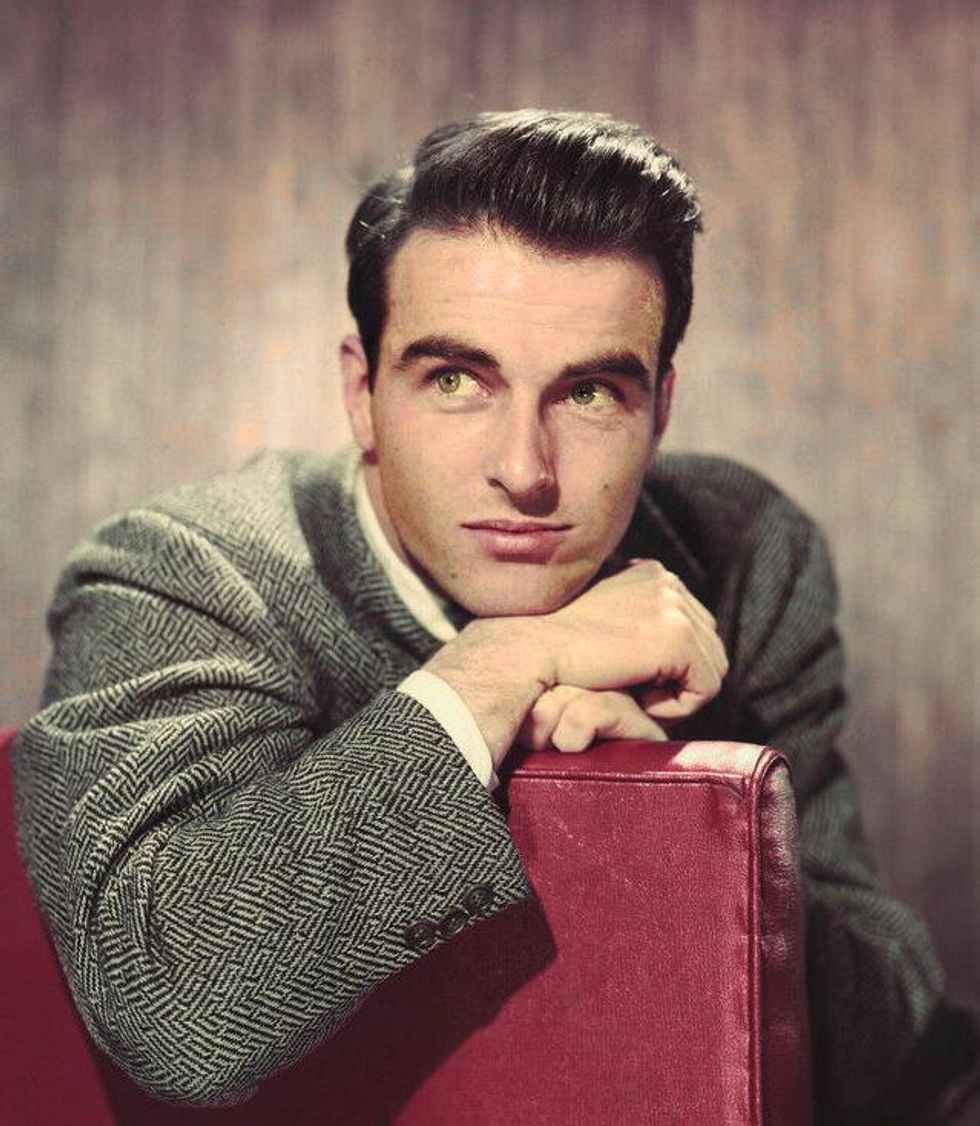
The Friends Cemetery in Brooklyn, established in the mid-19th century before Prospect Park was constructed around it, has evaded even regular park visitors. Occasionally it appears like Brigadoon as a consequence of taking a wrong turn. It continues to be an active Quaker burial ground and has taken in many reinterments from other expired Quaker cemeteries.
It’s notable for one particular grave belonging to movie star Montgomery Clift, who died of occlusive coronary artery disease in 1966 at the age of 45. Michael Baden, who performed Clift’s autopsy, became the city’s Chief Medical Examiner in 1978, but was fired the following year following a colorful list of accusations. More recently, Baden served as the second opinion observer of Jeffrey Epstein’s autopsy. And contrary to the present Chief Medical Examiner’s report, Baden declared Epstein’s cause of death to be consistent with homicide.
*
K. Krombie is a New York-based writer, critic, and incidental performer. She writes for media outlets in the United States and the UK, including picturethispost.com, StageBuddy.com, broadwaystars.com, Here Comes Everyone Magazine, The White Rabbit Podcast, and Hive Media. A longtime obsessive of all things NYC, it’s only right that she lives here now. There’s little she doesn’t know about death, having escaped it several times over the course of her peregrinations.
Krombie’s also the force behind Purefinder, New York, which holds thoroughly researched tours of the city conducted by a licensed guide. Current tours include The Psychiatric History of New York, and Hell Gate from Randall’s & Wards Islands. Purefinder New York focuses on lesser-known histories and offers a range of discoveries lurking in and around and beneath the metropolis. Check out Krombie’s tour site here.
Hoboken’sLittle City Bookswill be hosting An Evening To Die For– Krombie’s online book launch on Wednesday, November 3rd.
Death in New York (Arcadia Publishing) just published. You can buy it from Amazon here.
However, we humbly suggest you purchase a copy (or three!) from your local indie bookseller. NYC has enough dead book stores already.
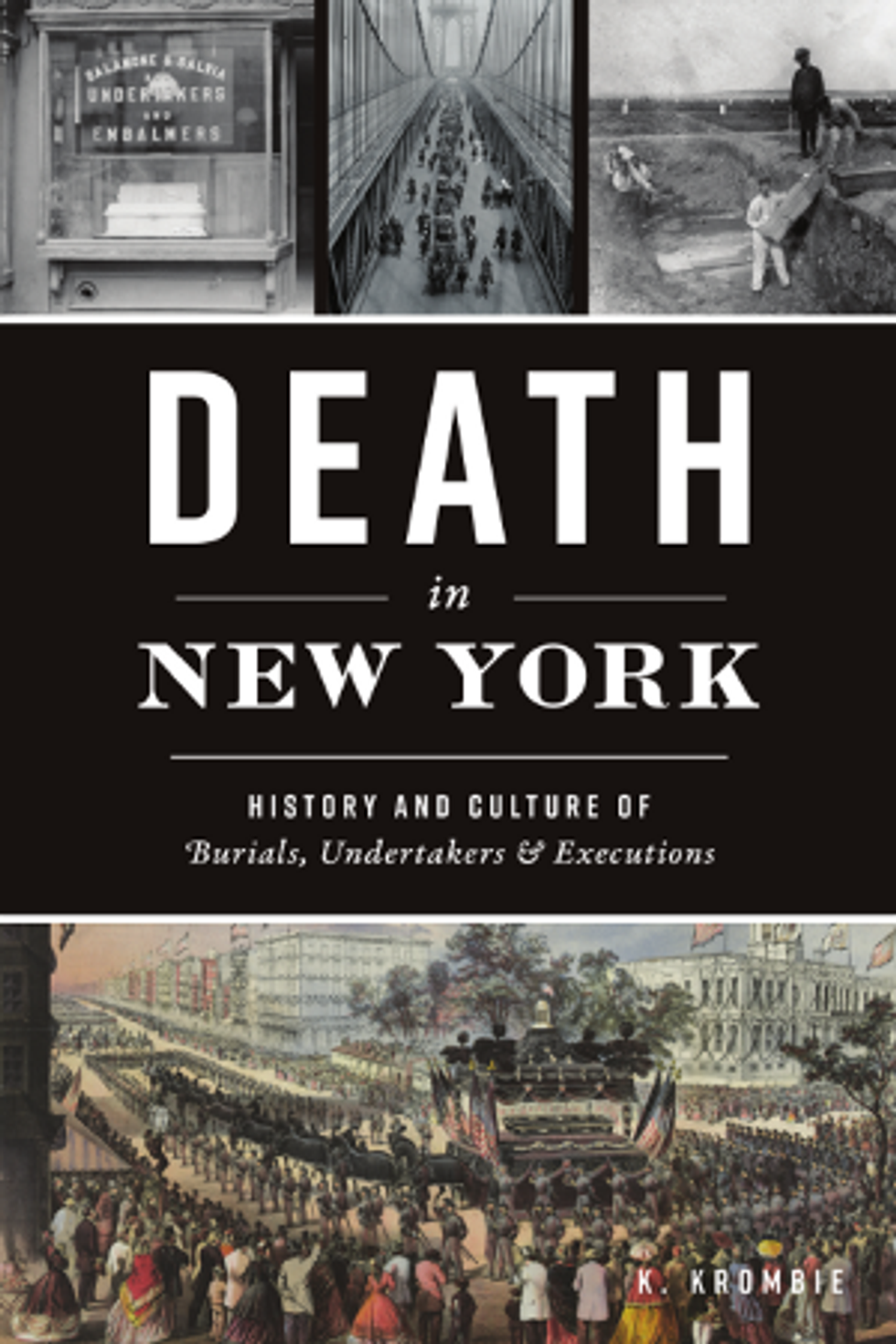 K. Krombie
K. Krombie

